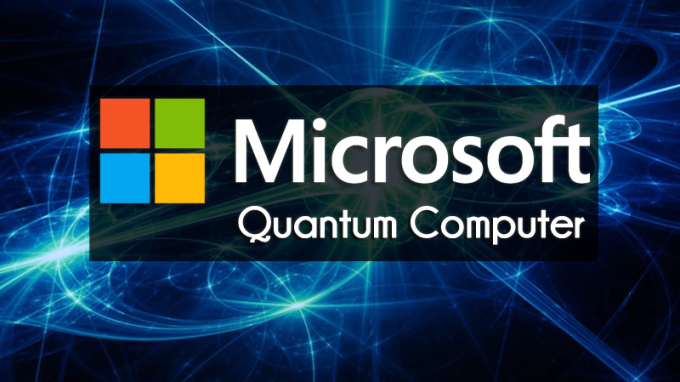Incredible opportunity offered by Unicamp.
The Unicamp extension school, EXTECAMP, is now open for registration for an amazing opportunity for those who want to study further and deeper into quantum computing.
The course “Quantum Computing for Laymen” is now accepting applications until 11/16/22, targeting undergraduate and graduate students, enthusiasts in the field and professionals from various sectors. Registration can be made through this link.

This rare opportunity is being coordinated by professor Dr. Marcos Cesar de Oliveira, from the Institute of Physics “Gleb Wataghin” (IFGW) at Unicamp, as well as by researcher Dr. Luiz Gustavo Esmenard Arruda and professor of the Department of Physics and Meteorology of Unesp-Bauru, Felipe F. Fanchini.
The course has a workload of 60 hours, being 50 theoretical hours and 10 practical hours, with classes taught in portuguese, on 15 Saturdays from 8:00 a.m. to 12:00 a.m. (Brasília time). It is important to point out that the course will be taught virtually through Google Meet and Google Classrom, thus increasing the access possibilities for those who are not able to be in the city of Campinas, in the state of São Paulo.
The course will start on 11/26/22 and will end on 03/11/23, being a deep and complete course, covering from physical and mathematical aspects of quantum computing such as tensor product, quantum bits, vector spaces, to practical aspects of programming using Qiskit, quantum cryptography, cybersecurity and much more! The complete course outline can be found at this link.

The course has limited vacancies to a maximum of 60 students, so those interested should not leave it to the last minute to check the institution’s website for enrollment. The values for investing in the course, enrollment, and other information can be found at this link.
Other contact forms (Monday through Friday, from 9:00 AM to 5:00 PM in Brasília time zone):
- Email: extecamp@extecamp.unicamp.br
- Telephone: +55 (19)3521-4646/ or +55 (19)3521-4647
For readers of the blog, there is still a possibility of a 15% discount on the overall course price by writing to the email: quantumknowledge137@gmail.com
We would like to congratulate Unicamp’s extension school, EXTECAMP, for offering this unique study opportunity for those who want to deepen their knowledge in this area that is so strategic for the future of computing, organizations, business, and various aspects of society.



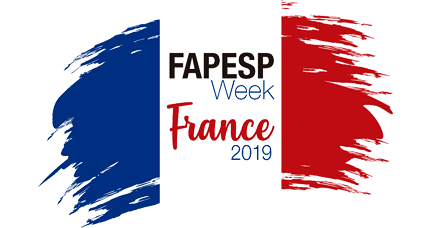
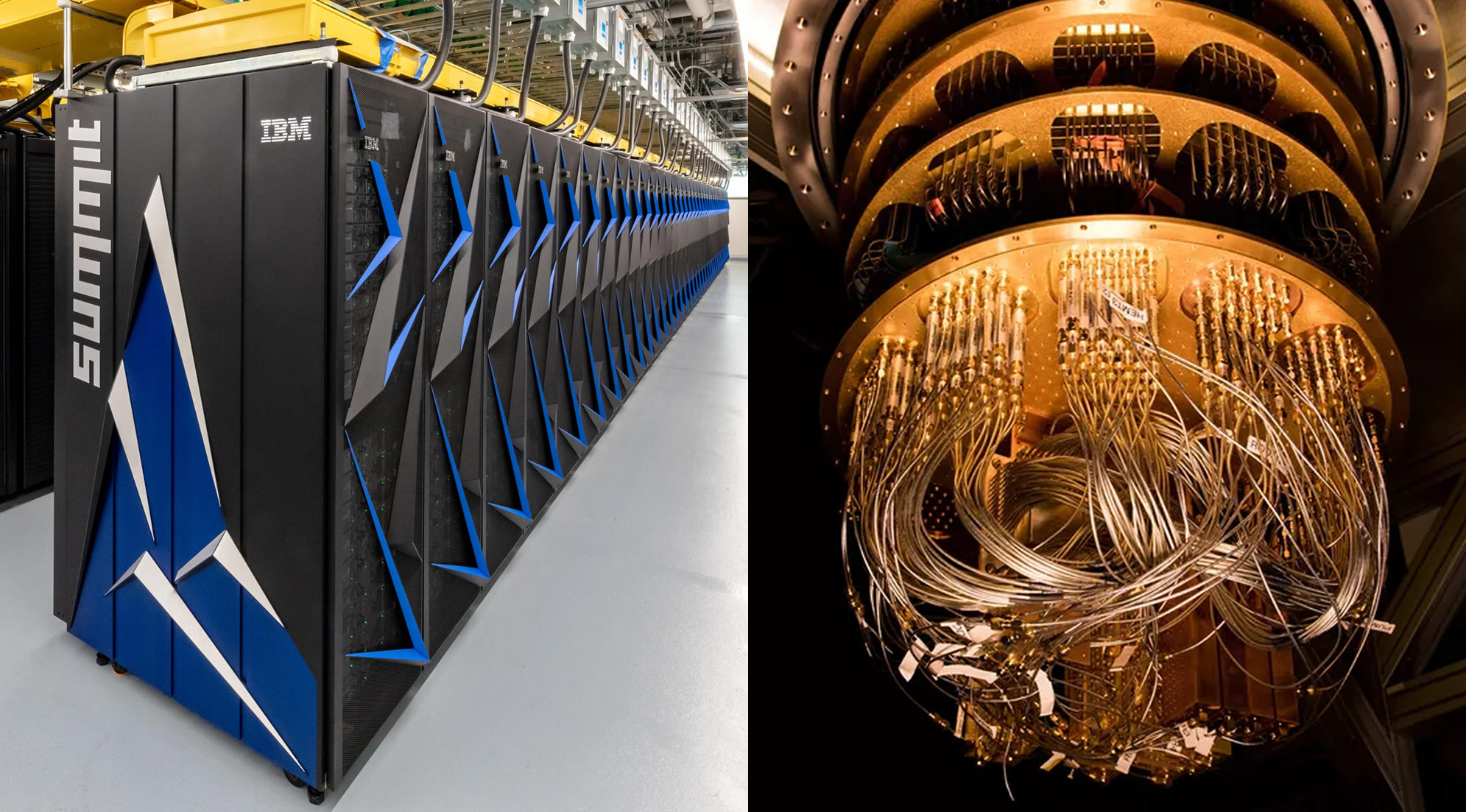
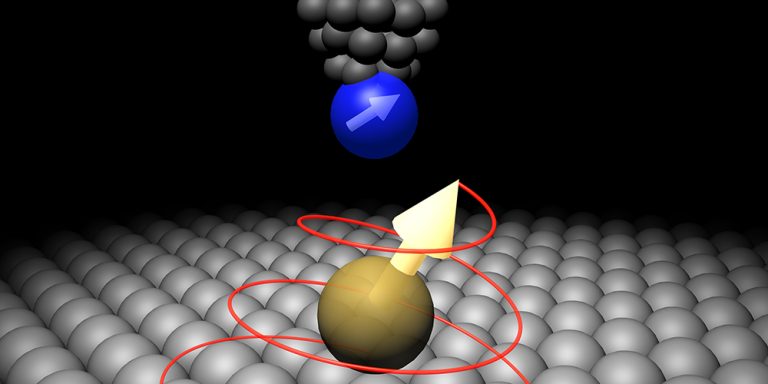
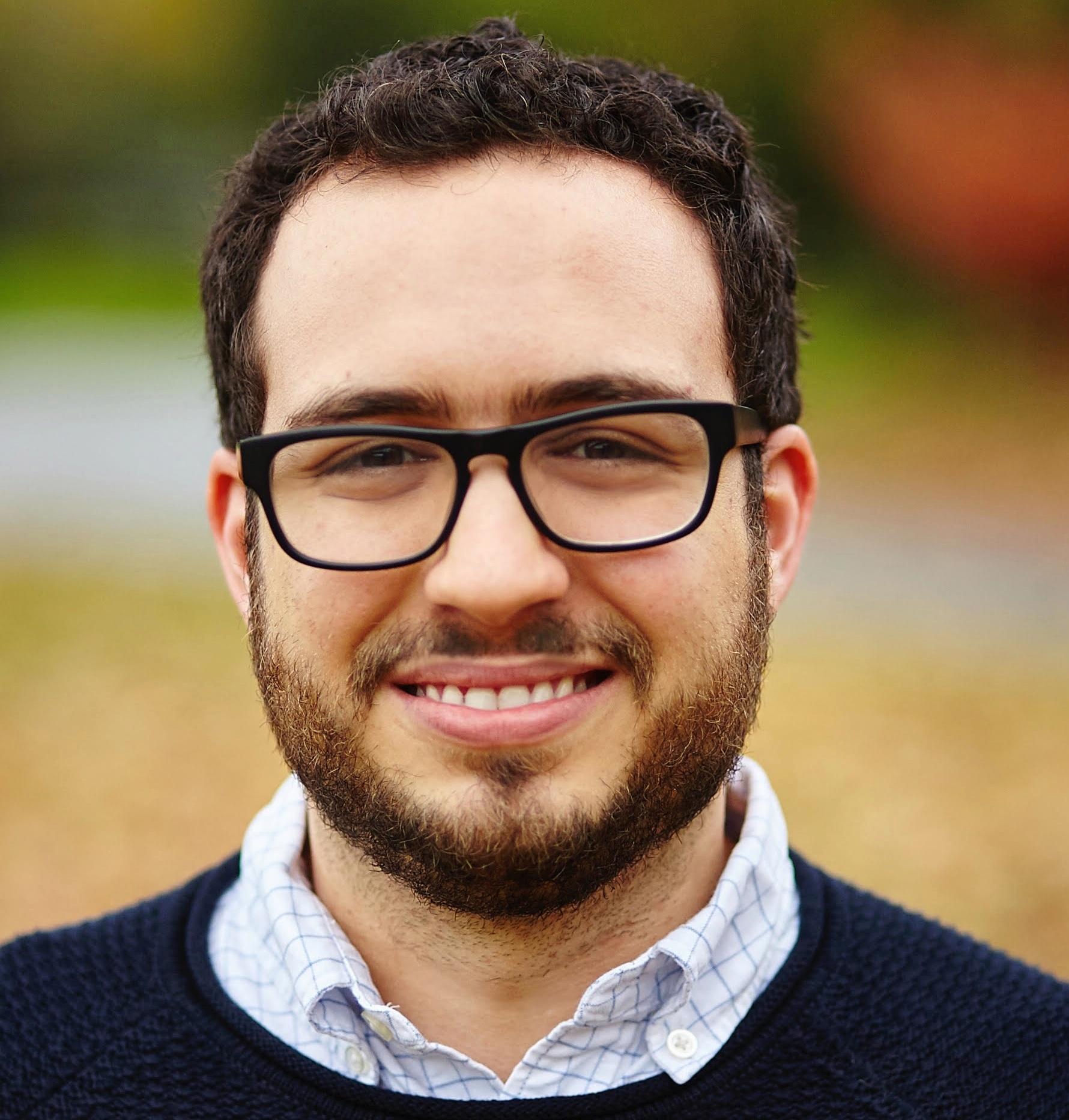 Professor Fernando Brandão
Professor Fernando Brandão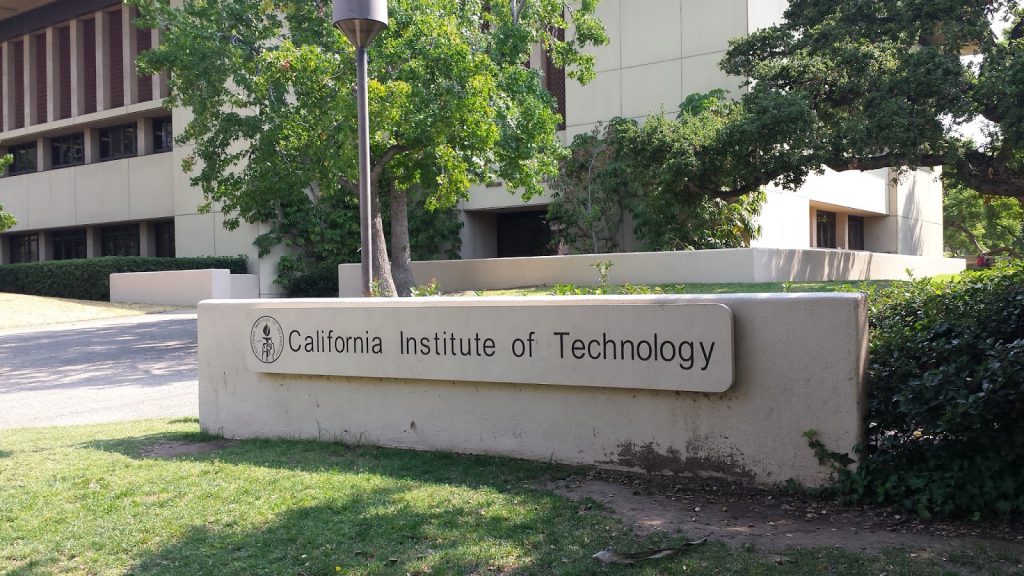

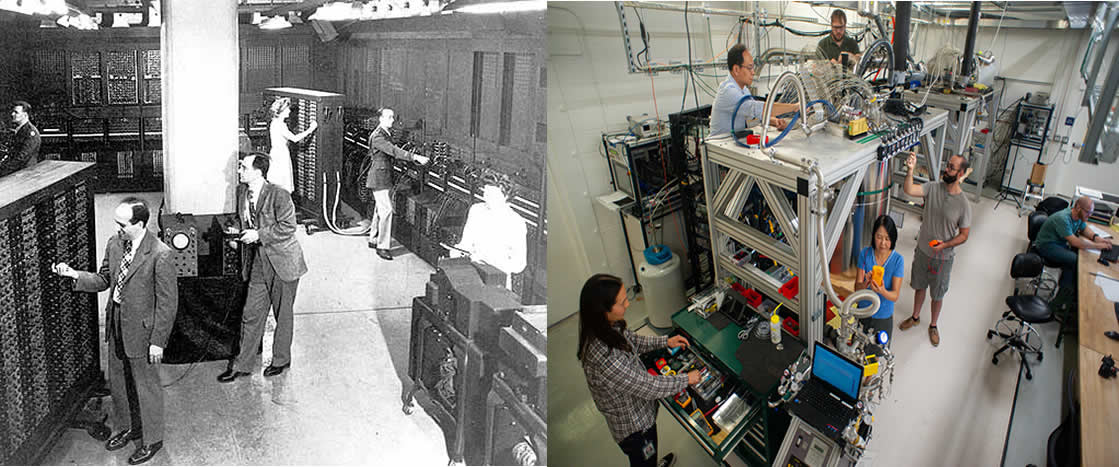
 Any similarity in this cloning is mere coincidence…
Any similarity in this cloning is mere coincidence… Original-creator-clone or Clone-creator-original?
Original-creator-clone or Clone-creator-original?

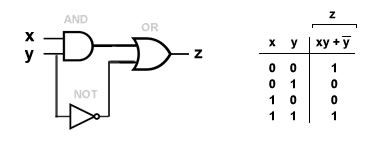 Classic Logic Circuit
Classic Logic Circuit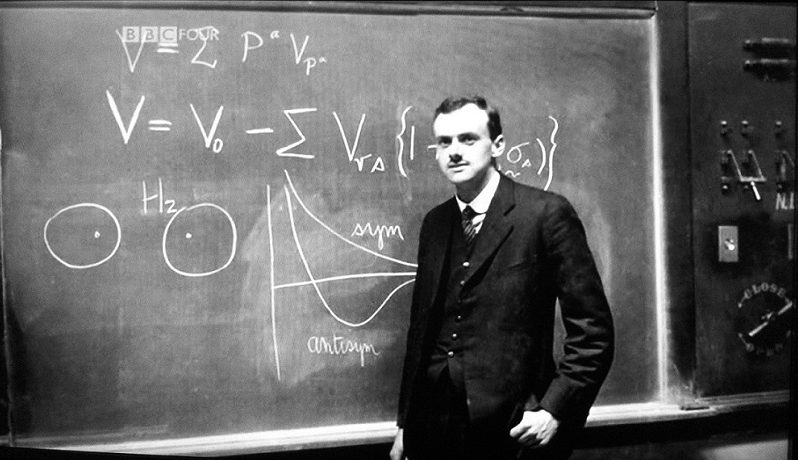 Paul Dirac
Paul Dirac